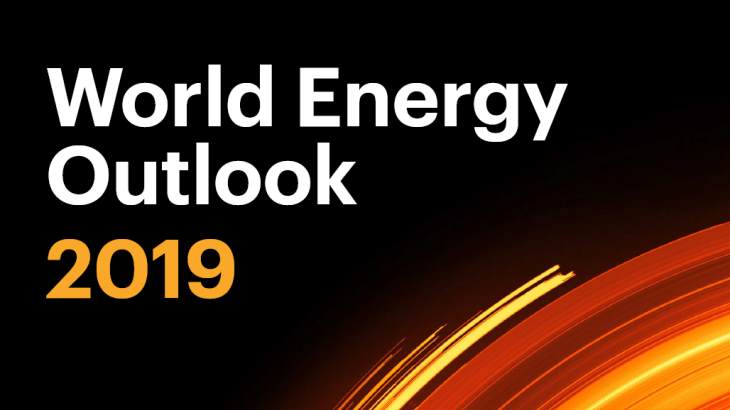The report - World Energy Outlook 2019 - features three scenarios for the world's energy mix up to 2040. The Stated Policies Scenario (previously called the New Policies Scenario) looks at the impact of existing government policies and commitments on energy demand, supplies and investments. The Current Policies Scenario only includes policies that are firmly enacted, providing a benchmark. The Sustainable Development Scenario identifies a pathway consistent with key energy-related sustainable development goals for emissions, access and air quality, including access to electricity for all by 2030.
Total electricity generation worldwide under the Stated Policies Scenario is expected to increase from 26,603 TWh in 2018 to 34,140 TWh in 2030 and 41,373 TWh in 2040. This growth is led by Asia, with China alone accounting for one-third of growth followed by India at 20%. Under the Sustainable Development Scenario, output increases to 31,800 TWh in 2030 and to 38,713 TWh in 2040.
In the Stated Policies Scenario, global nuclear electricity generation increases to 3073 TWh in 2030 and to 3475 TWh in 2040, up from 2718 TWh last year. Nuclear's share of total output drops to 8% in 2040, compared with 10% last year.
"The share from nuclear power decreases, but its output nevertheless rises in absolute terms, with growth in China and more than 20 other countries more than offsetting reductions in advanced economies," the report says.
In the Sustainable Development Scenario, the deployment of all low-carbon technologies accelerates. Renewables make up the vast majority of capacity additions in all regions, and about 80% of all capacity additions worldwide through to 2040.
Nuclear generation totals 3435 TWh and 4409 TWh in 2030 and 2040, respectively, under this scenario. Nuclear power capacity additions average about 15 GWe per year, up from the 11 GWe completed in 2018. The IEA says nuclear power "makes a moderate additional contribution" under this scenario, with its share of total generation increasing to 11% in 2040.
Spending on nuclear power doubles from recent levels under the Sustainable Development Scenario, with more than 10% to extend the lifetime of existing reactors.
"New nuclear power plants have proved to be high-cost endeavours in recent years, often involving delays and cost overruns, with notable exceptions in China, Korea and the United Arab Emirates," the report says. "However, lifetime extensions for existing nuclear reactors are one of the most competitive sources of clean energy."
The latest World Energy Outlook notes, "Policy and regulatory decisions remain critical to the fate of reactors, particularly in advanced economies, where the average age of reactors is 35 years." Without investment in lifetime extensions or new-build projects, operational nuclear capacity in advanced economies would fall by two-thirds between 2018 and 2040, "with important implications for sustainability and affordability". According to the IEA, some USD1.6 trillion in power investments would be needed up to 2040 in order to offset less nuclear capacity with more renewables.
Global energy-related carbon dioxide emissions under the Stated Policies Scenario are projected to increase from 33,243 million tonnes in 2018 to 34,860 million tonnes in 2030 and to 35,589 million tonnes in 2040. However, under the Sustainable Development Scenario, CO2 emissions decrease to 25,181 million tonnes in 2030 and to 15,796 in 2040.
"As ever, decisions made by governments remain critical for the future of the energy system," the IEA says. "This is evident in the divergences between WEO scenarios that map out different routes the world could follow over the coming decades, depending on the policies, investments, technologies and other choices that decision makers pursue today. Together, these scenarios seek to address a fundamental issue - how to get from where we are now to where we want to go."
IEA Executive Director Fatih Birol said: "The world urgently needs to put a laser-like focus on bringing down global emissions. This calls for a grand coalition encompassing governments, investors, companies and everyone else who is committed to tackling climate change. Our Sustainable Development Scenario is tailor-made to help guide the members of such a coalition in their efforts to address the massive climate challenge that faces us all.
"What comes through with crystal clarity in this year's World Energy Outlook is there is no single or simple solution to transforming global energy systems. Many technologies and fuels have a part to play across all sectors of the economy. For this to happen, we need strong leadership from policymakers, as governments hold the clearest responsibility to act and have the greatest scope to shape the future."





_28178.jpg)
_66891.jpg)
_55296.jpg)
_16128_62584.jpg)





